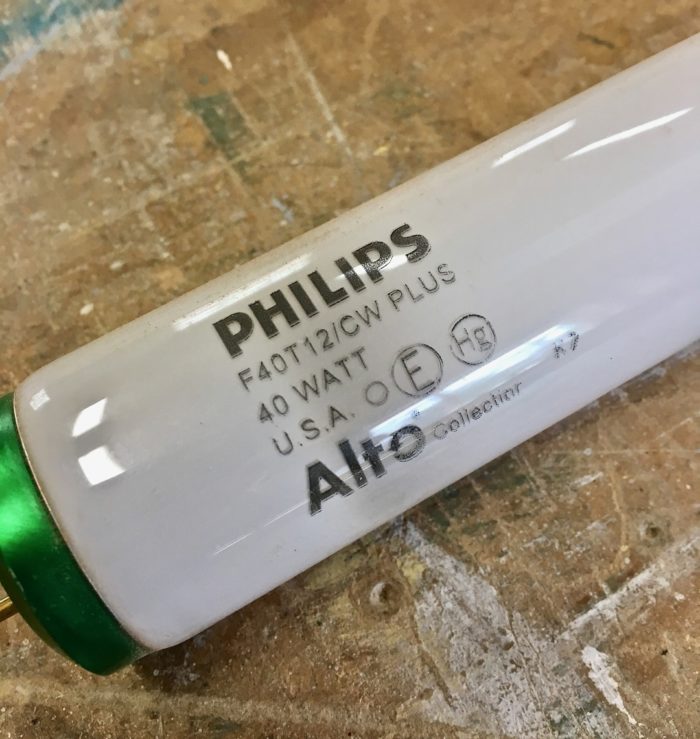
Image Credit: Scott Gibson
The most inefficient type of fluorescent tube should have been pushed out of the market by a 2012 Department of Energy lighting standard, but a loophole has allowed millions of them to stay on store shelves and in American homes and businesses, the Appliance Standards Awareness Project says.
As a result, senior researcher Chris Granda writes at the project’s website, the country has missed an opportunity to save billions of kilowatt hours of electricity a year.
The efficiency standards were aimed at fluorescent tubes called T12s, which in lighting parlance means a tube 12/8 inches (1 1/2 inches) in diameter. When the standard took effect, certain tubes — those with a color rendering index (CRI) of 87 or higher — were exempted.
The higher the CRI, the more realistic colored objects appear. Federal rule makers originally exempted those T12s because they were considered specialty items, useful to some applications but more expensive and harder to find. Regulators apparently believed the number of T12s in the marketplace would be limited. But that didn’t happen. By last year, T12s still commanded a 12% share of the market, Granda says, with all 64 million of the tubes sold qualifying under the high CRI exemption.
Philips, GE, Sylvania and others are now able to make the qualifying T12 tubes at competitive prices. Although big business has gradually moved away from T12s to smaller and more efficient sizes like the T8 (1 inch in diameter), millions of small retailers and private homes and workshops continue to use them.
It adds up to a lot of electricity
Many of the T12s sold under the CRI exemption are at least 44% less efficient than the current standard minimum, Granda says. If all of them were replaced by complying fluorescent tubes, consumers would save more than 23 billion kWh of electricity each year. That’s enough to power 2.6 million houses.
A 2015 Department of Energy report said about one-quarter of all fluorescents in use were T12s, with the T8 tubes accounting for two-thirds of linear fluorescents. Updated lighting standards took effect in January, but the CRI loophole for T12s didn’t change.
Granda says manufacturers continue to take advantage of the high CRI loophole in T8 tubes. In total, the CRI exemptions for T12 and T8 fluorescents will result in the consumption of 32.6 billion kWh of electricity, “more than enough to power every home in New York City.”
LEDs (light-emitting diodes) are about twice as efficient as the best T8 systems on the market, and LEDs continue to get better, Granda says.
“The high CRI loophole in the standards allows obsolete T12 technology to persist in the market, degrades the efficiency of T8 technology, and delays the eventual transition to LEDs with a huge cost in missed energy savings,” Granda writes. He adds that while the federal government appears unlikely to do much to close the loopholes, Vermont, Massachusetts, and Rhode Island are considering legislation that would.
Weekly Newsletter
Get building science and energy efficiency advice, plus special offers, in your inbox.





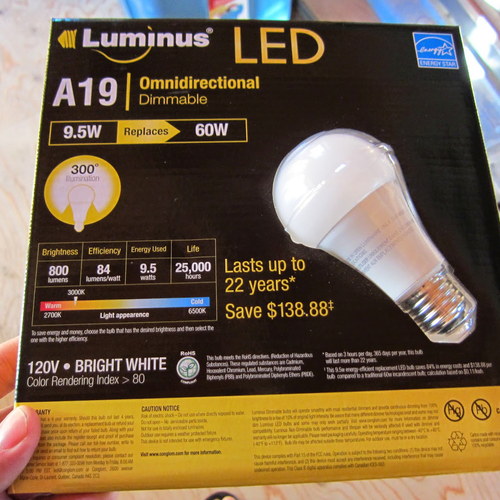
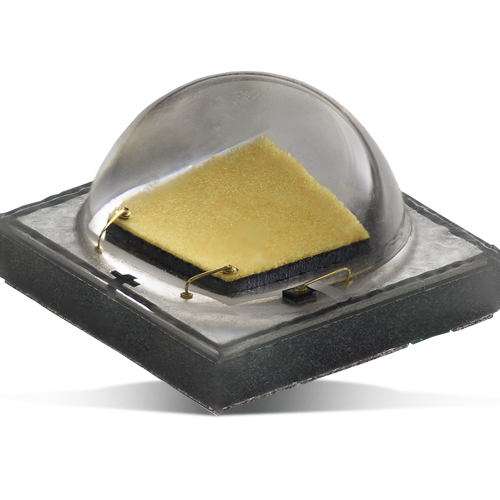
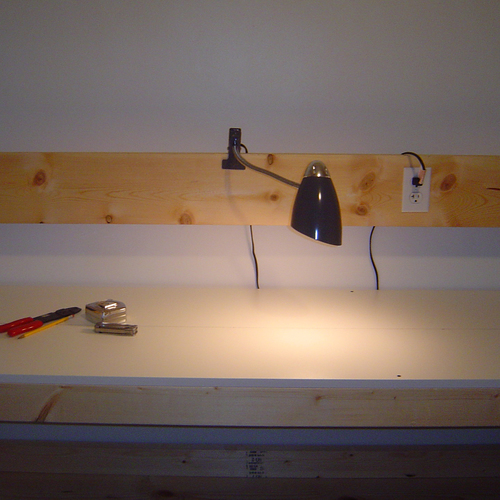
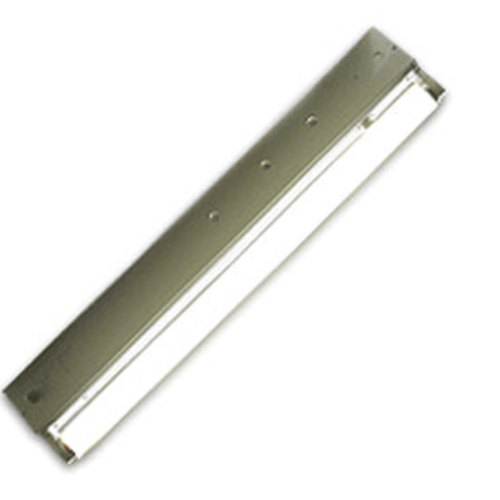






One Comment
Loophole?
Because the government failed to force consumers to buy something they don't want it's considered a "loophole" by those who know better what's good for us than we do. The thought that just maybe consumers want to see things lighted more naturally than the garish blue of the "superior" LED lighting is anathema who know better.
Maybe I'm dense because I fail to see how one technology staying in play degrades the efficiency of a competing technology.and delays the adoption of an alleged superior technology.
Log in or create an account to post a comment.
Sign up Log in